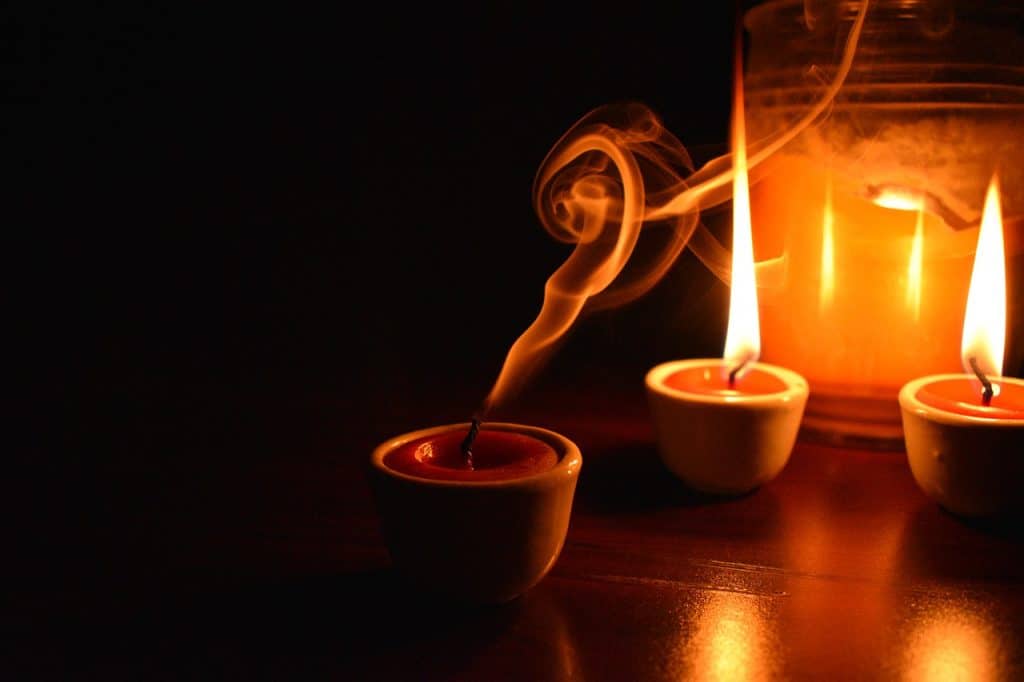WHAT IS ANOTHER NAME FOR A CANDLE HOLDER? Do you like candle? Look no further, this article was written just for you.
Candles are fairly popular these days, because of their widespread use in the field of aromatherapy, where scented candles are prominently used. However, this wasn’t always the case.
When the electric light bulb was first invented decades ago, candles fell out of trend for a while. This is because the use of electricity was a much newer and sophisticated means of providing indoor lighting. Gladly, candles regained some of their groove. Unfortunately, however, a lot of knowledge about candle making has become obscure.

HOW WERE CANDLES INVENTED?
Candles are really old, but a lot of people don’t know this. Some early candles are estimated to be around five thousand years old, and even before then, certain versions of candles were already in existence.
Some people credit the invention of candles to the Ancient Romans, and others argue that candles were already formed way before then; and that they already existed from the era when people started rolling insects up in papyrus and lighting them on fire (the way this kind of candle works is that; the composition of the insects rolled up in the papyrus provides fuel, which sustains the combustion of the candle). Following that, candles were made through the process of boiling down tallow – or fat obtained from the carcasses of slaughtered livestock e.g. cattle. Tallow was very popular for quite some time; however, it had its drawbacks. The first disadvantage of tallow is that it was – and is still – relatively expensive, compared to some other types of candles (e.g. paraffin wax candles). Due to its high cost, only few people could afford tallow candles apart from the church (which used them for religious purposes).

Another disadvantage of tallow candles was that it gave off a distinct aroma during burning, which is rather similar to the smell of burning meat. Some people found this scent unpleasant. However, the fact remained that for a long time, tallow candles dominated the global candle scene…that is, until the invention of paraffin wax in the 19th century.
Unlike tallow candles, paraffin candles were cheap (or at least, a lot cheaper to make, especially in large quantities). They were also easier to produce in factories, since their physical structure supported the use of molds (because they were much more stable in the face of heat, compared to tallow candles).
HOW CAN CANDLES BE CLASSIFIED?
Candles can be classified based on different things, such as the following categories:
- The type of waxes used in making them
There are different types of candle waxes that can be used in making candles, and these waxes determine the properties of the candles and – in many cases – their name. Candles made from tallow wax are called tallow candles, those made from paraffin wax are called paraffin candles, those made from beeswax are called beeswax candles and so on. Apart from this, the type of materials used in making candle wax, goes a long way in determining the shelf life of that candle, their stability or how quickly they burn when exposed to the heat of a candle’s flame and the type of aroma emitted during candle burning (this is because some waxes, e.g. beeswax and tallow have their own natural scents which may be considered pleasant or unpleasant, respectively).
- Their color
Candles can be distinguished from one another on the basis of their color. The color of a candle is usually a factor of its wax.
White candles are generally candles that do not contain any form of added dyes. However, in the instances some waxes, such as tallow, already have their own color; which is typically a distinct shade of yellow. These types of natural colors typically occur because of the properties and components of the materials used in making the wax. As such waxes are not naturally white; they have to be specially bleached in order to assume a white color.
In the formation of other colors of candles, suitable dyes are used in the required quantities.
- Their scent
Candles can either be scented or unscented. Scented candles are usually formed by the addition of fragrant essential oils to the melted candle wax, during the candle making process. These kinds of candles tend to emit those pleasant aromas during candle burning, and they are major tools of stress relief and relaxation in the field of aromatherapy.
Unscented candles, on the other hand, do not contain any added essential oils or perfumes.
In some instances, no added scents are added to candles, yet they emit pleasant aromas while burning. This is because the materials used in making the candles themselves have fragrant qualities (e.g. beeswax).
- The type of wick used in making them
Candles can also be classified according to the type of wick used in making them. Types of candle wicks include: performa coreless wicks, flat braid wick, cored wick, square braid wicks etc. And they affect the burn rate of a candle.
WHAT IS ANOTHER NAME FOR A CANDLE HOLDER?
Candle holders are objects in which candles are placed in, for the purpose of standing them upright (or in a particular position) during candle burning. Candle holders are generally used for candles that do not come, molded inside their own containers; and like the candles they hold, they have also existed for a very long time.
Candle holders usually go by a whole host of other names, such as candelabra, sconce, girandole, lampad and even chandelier (because some chandeliers are essentially candle holders). They can be – and have been – made from different types of materials such as iron, ceramic, glass etc. Some candle holders or candle sticks even exist on the pricier end of things, and can be made from precious metals such as silver and gold. Beautifully crafted candle makers (particularly those made of precious metals) are usually worth a lot of money, and may even be passed from one generation to the next as valuable family heirlooms.




